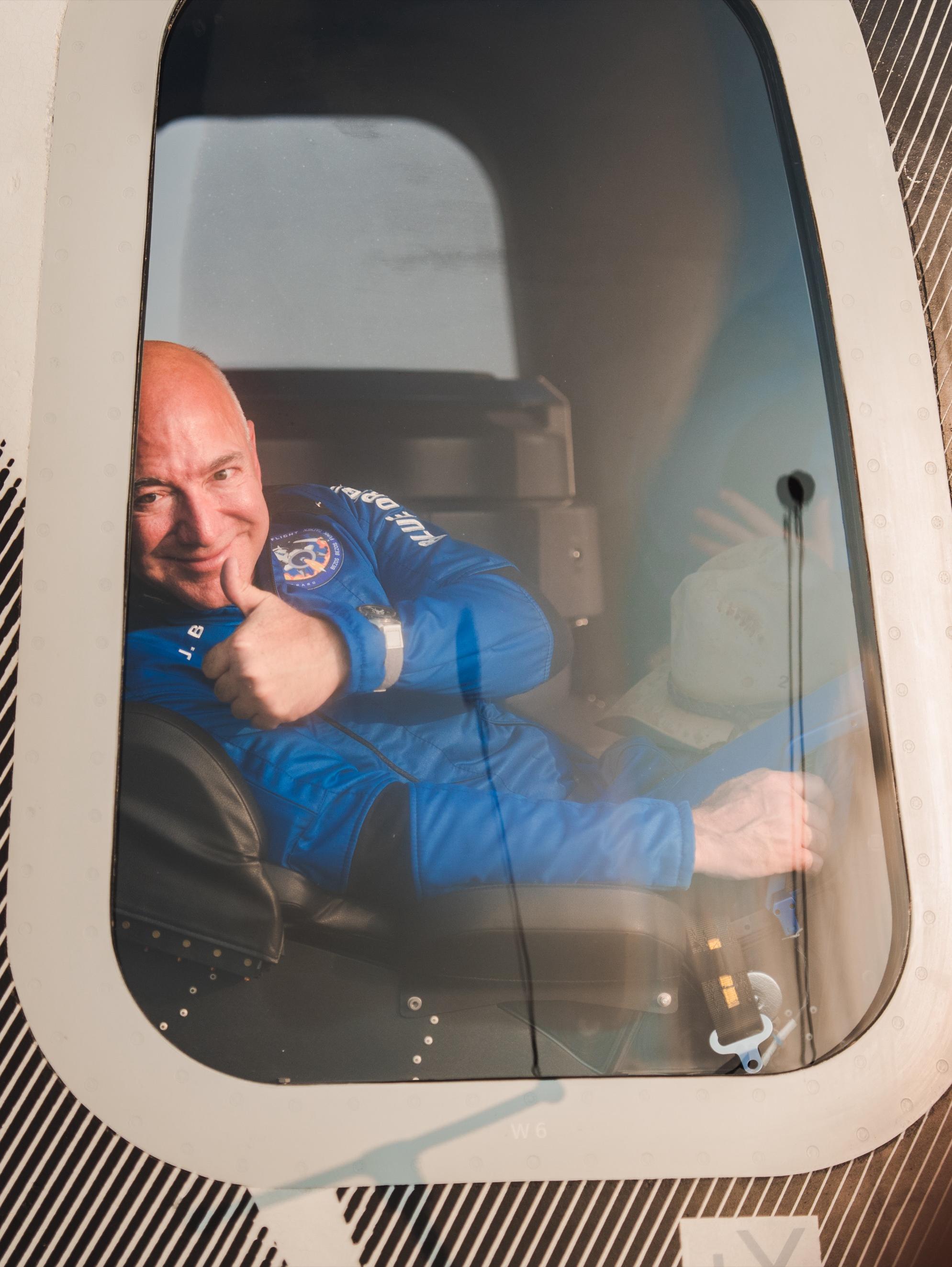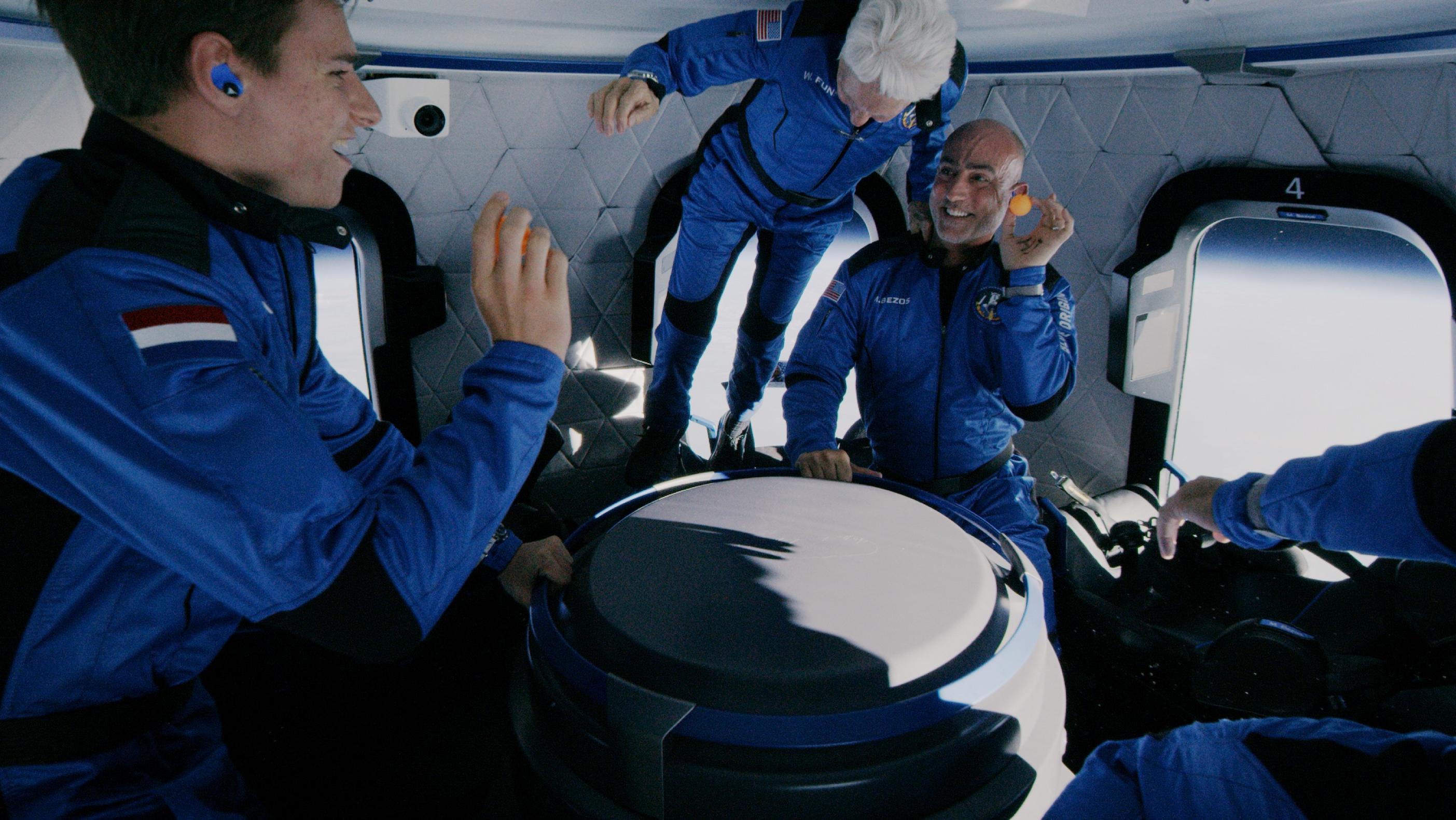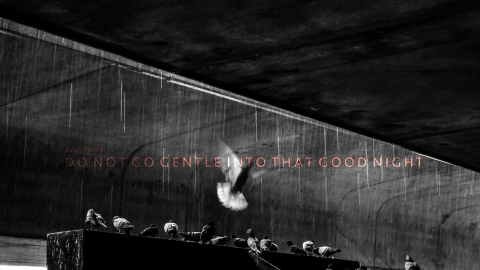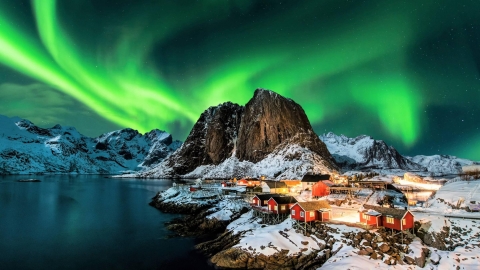Amazon billionaire Jeff Bezos, who founded Blue Origin more than two decades ago, embarked on his first space flight with his brother Mark Bezos, the youngest space explorer ever Oliver Daemone (18 years old) and aviation pioneer Wally Funk (82 years old).
Previously, on July 5, Bezos resigned as CEO of Amazon. Sharing with CNN, Jeff Bezos said: "I would have taken this flight when I was CEO of Amazon. We believe this is a safe flight. If it is not safe for me, it is not safe for others."
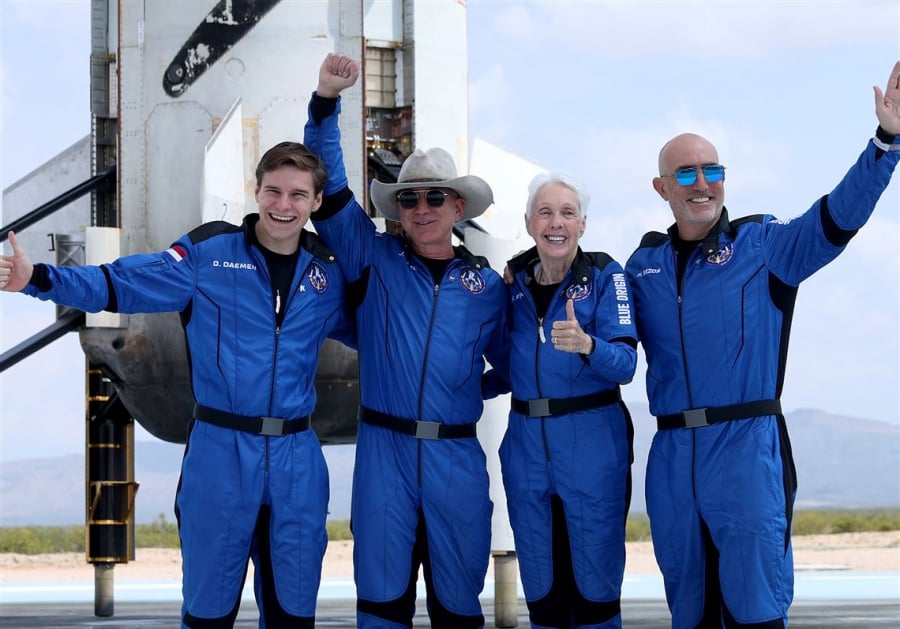
From left: Oliver Daemone, Mark Bezos, Wally Funk and Jeff Bezos.
Of the remaining three, young physics student Oliver Daemone replaced the winner in the June auction. According to Blue Origin, the person who spent $28 million to fly into space with Jeff Bezos was unable to join this trip due to scheduling conflicts. He chose to go on subsequent trips.
10 minutes of history...
At 8:12 p.m. (Vietnam time), the engine was activated, the New Shepard rocket took off, bringing Jeff Bezos and crew to the edge of space in a flight expected to last more than 10 minutes.
About 16 seconds after liftoff, the New Shepard spacecraft rotates slightly to complete one rotation every 2-3 minutes, giving the crew a 360-degree view of the space around them as they lift off.
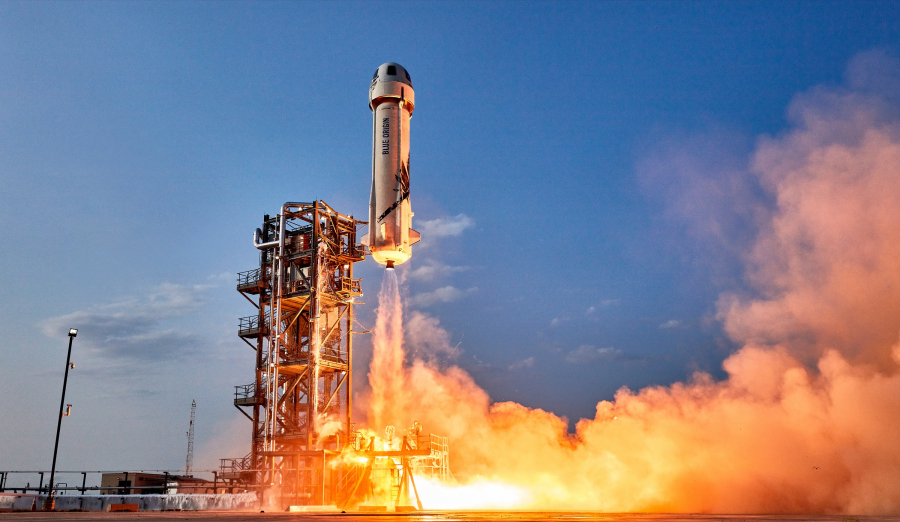
New Shepard rocket takes off.
1 minute 53 seconds after liftoff, the spacecraft reached an altitude of 30 km.
After 4 minutes, the spacecraft reached an altitude of more than 106 km. 14 seconds later, the booster of New Shepard separated from the passenger compartment and returned to the ground, expected to make a controlled landing. The spacecraft's passenger compartment continued its journey to the edge of space.


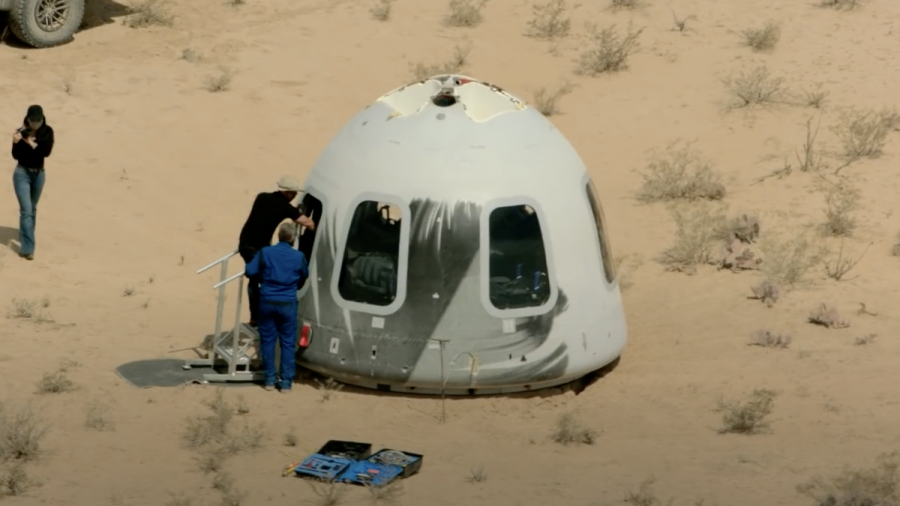
New Shepard's booster separated from the passenger compartment and returned to the ground safely.
The New Shepard booster landed safely on the landing pad, about 7 minutes and 23 seconds after liftoff. Meanwhile, the crew capsule reached its maximum altitude of 104 kilometers above the ground. Jeff Bezos and those on board experienced three minutes of weightlessness, floating in the cabin and looking at the Earth.
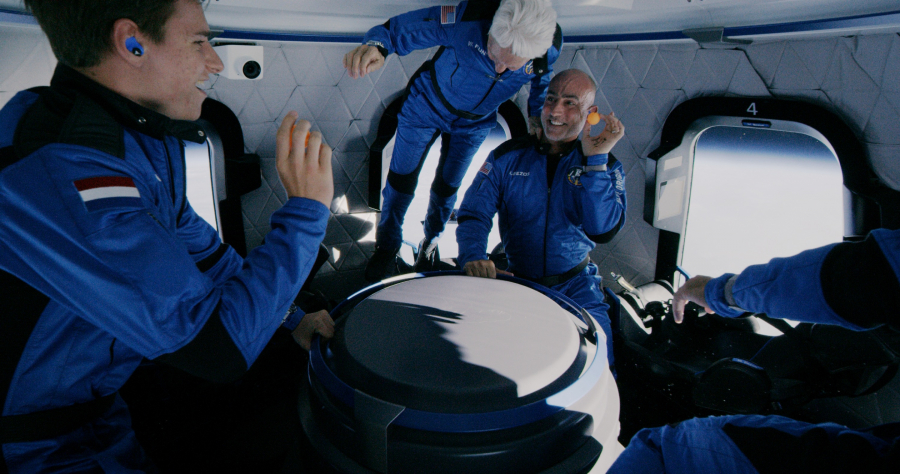
The crew experienced three minutes of weightlessness.
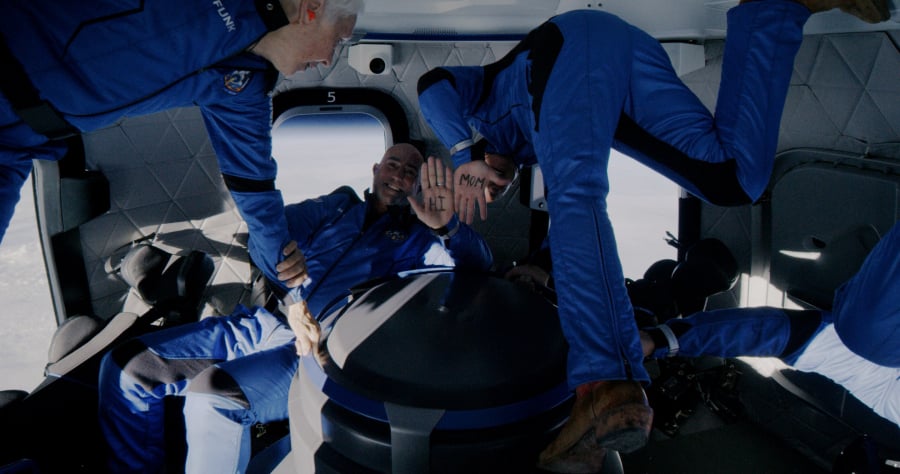
8 minutes and 21 seconds after takeoff, the passenger compartment deployed parachutes to land.
10 minutes and 18 seconds after takeoff, the New Shepard's passenger capsule successfully landed on the ground, ending billionaire Jeff Bezos' historic trip.
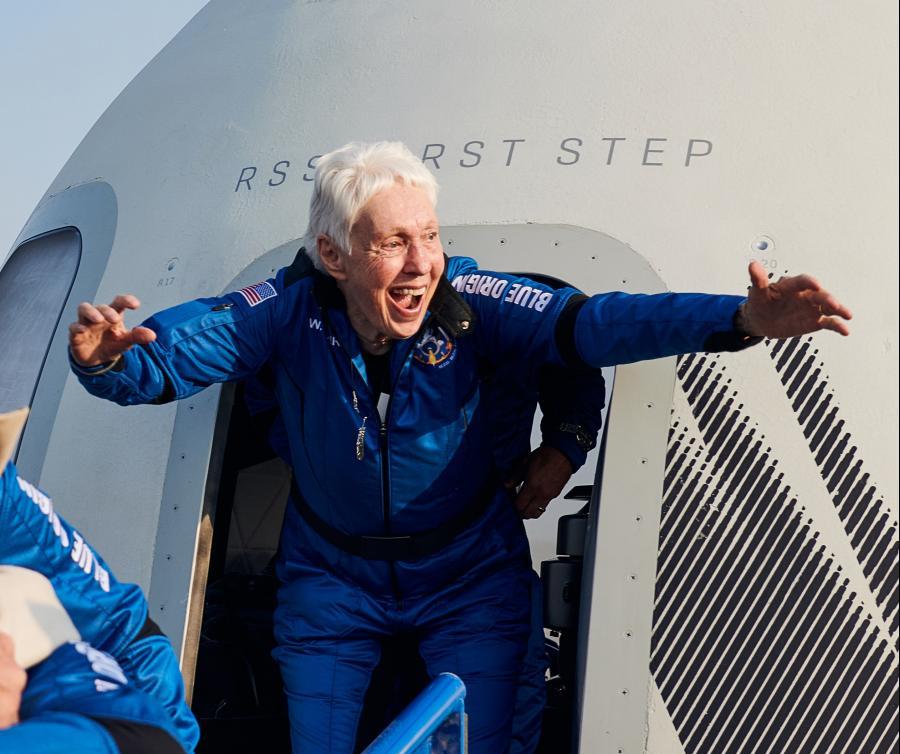
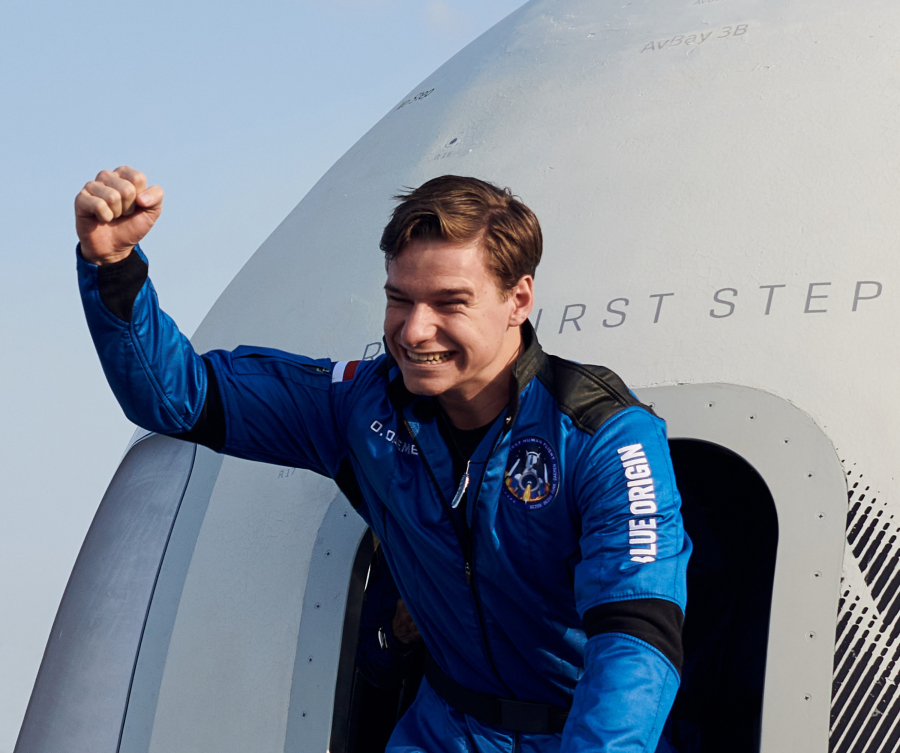


According to CNN, before landing, the passenger compartment uses a "reverse thrust system" to create an air cushion to make the landing smoother. In addition, the passenger seats are also equipped with scissor-shaped shock absorption mechanisms.
"I want you to know that there is a very happy crew here. This is the best day of our lives," Jeff Bezos shared as the passenger compartment touched down on the ground.
Christina Bezos, Jeff Bezos' sister, told her two brothers before the historic flight: "Hurry up and come down here so I can hug you tight." She said that going into space has been Jeff Bezos' dream since he was a child.
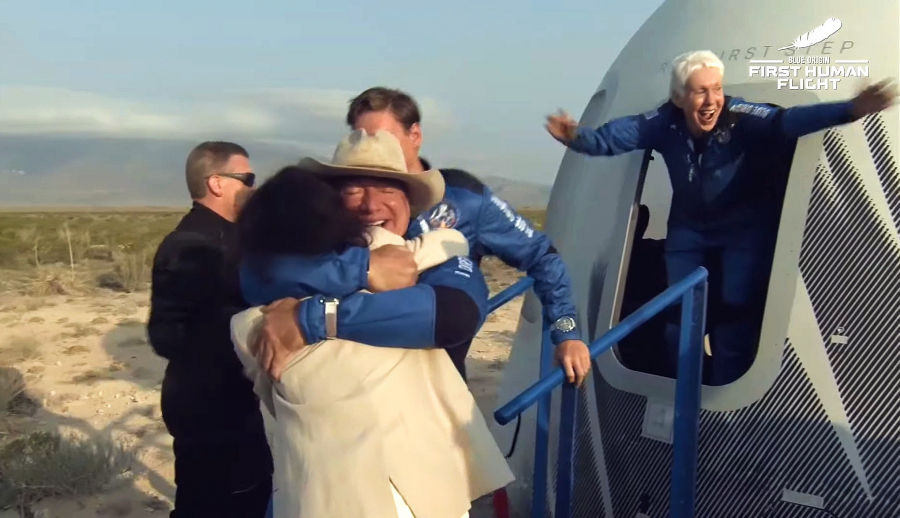
Emotions were overwhelming upon completing the historic flight.
Space tourism will no longer be far away
Gary Lai, Blue Origin's senior director and a former NASA employee, said New Shepard is the safest vehicle ever built to take humans into space. "Every major system on board has redundancies, the biggest of which is the crew escape system," he added.
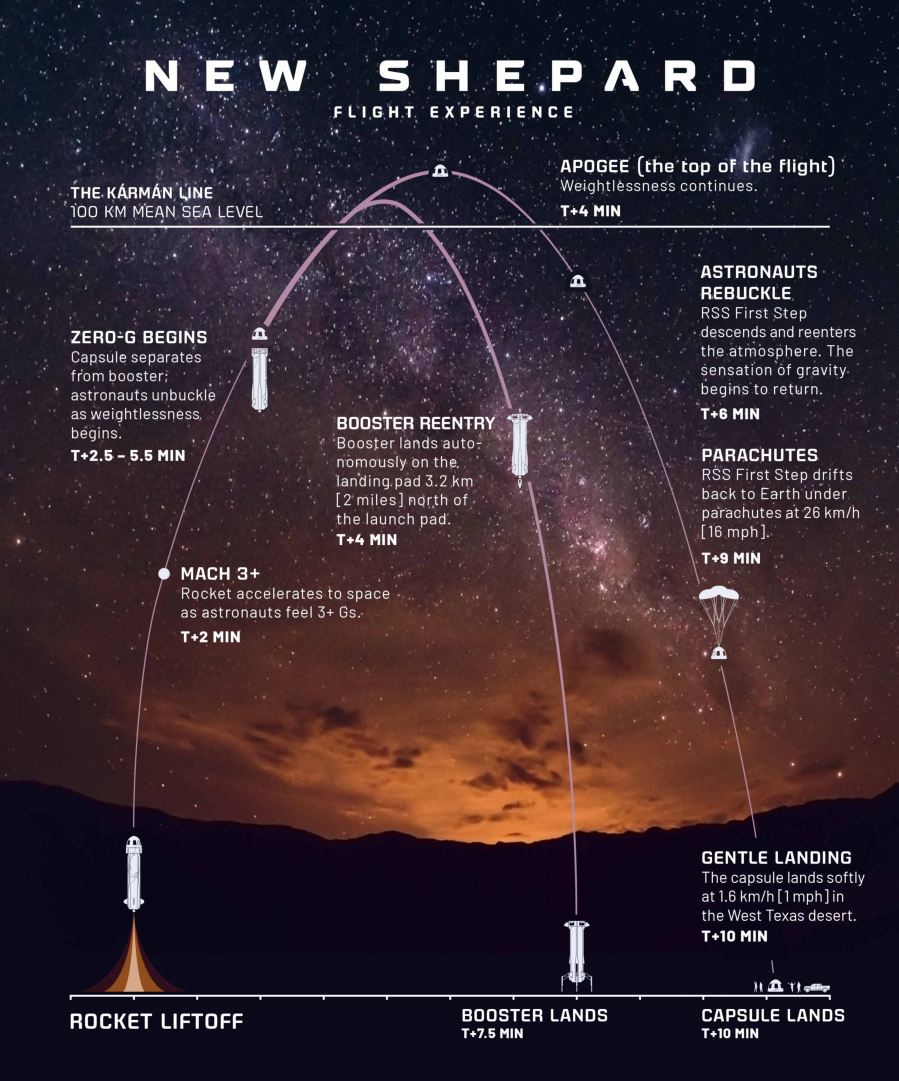
New Shepard flight schedule.
Four days before takeoff, the flight participants must arrive at Blue Origin's gathering point. For two days, they learn about weightlessness and sit in sealed capsules. Blue Origin's spacecraft can carry up to six people and fly autonomously, without a pilot.
According to previous test flights, the New Shepard rocket began its journey at a speed of about 3,704 km/h, nearly three times the speed of sound. This is the first time the New Shepard has flown with a crew on board.
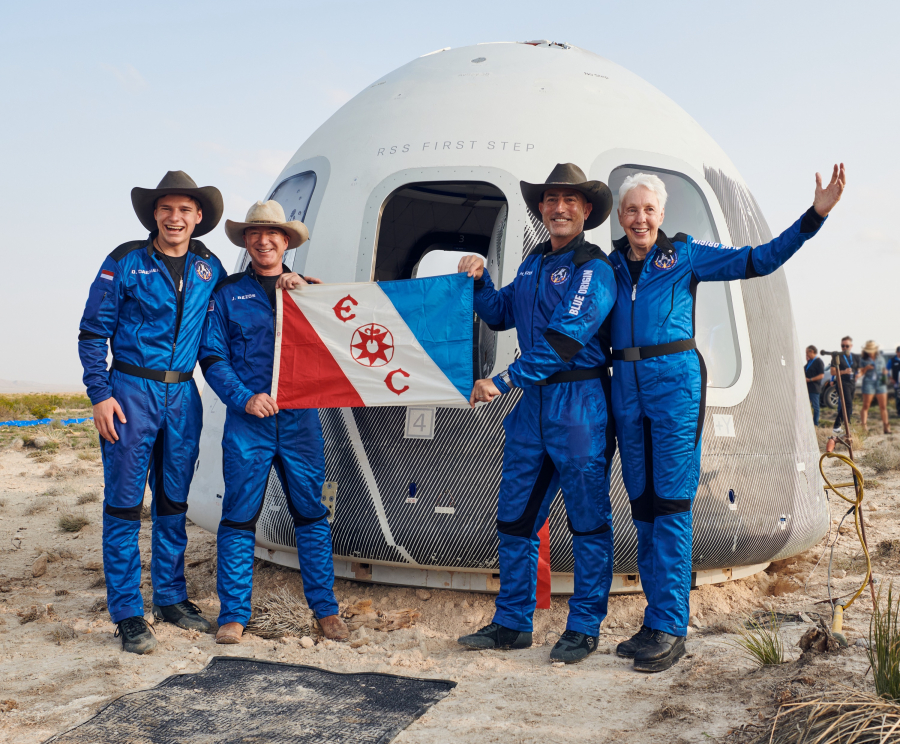
Space tourism services are expected to be commercialized by 2022.
Earlier on July 11, billionaire Richard Branson had a successful flight to the edge of space on Virgin Galactic's VSS Unity. These are the final tests before companies commercialize space tourism services in 2022.





